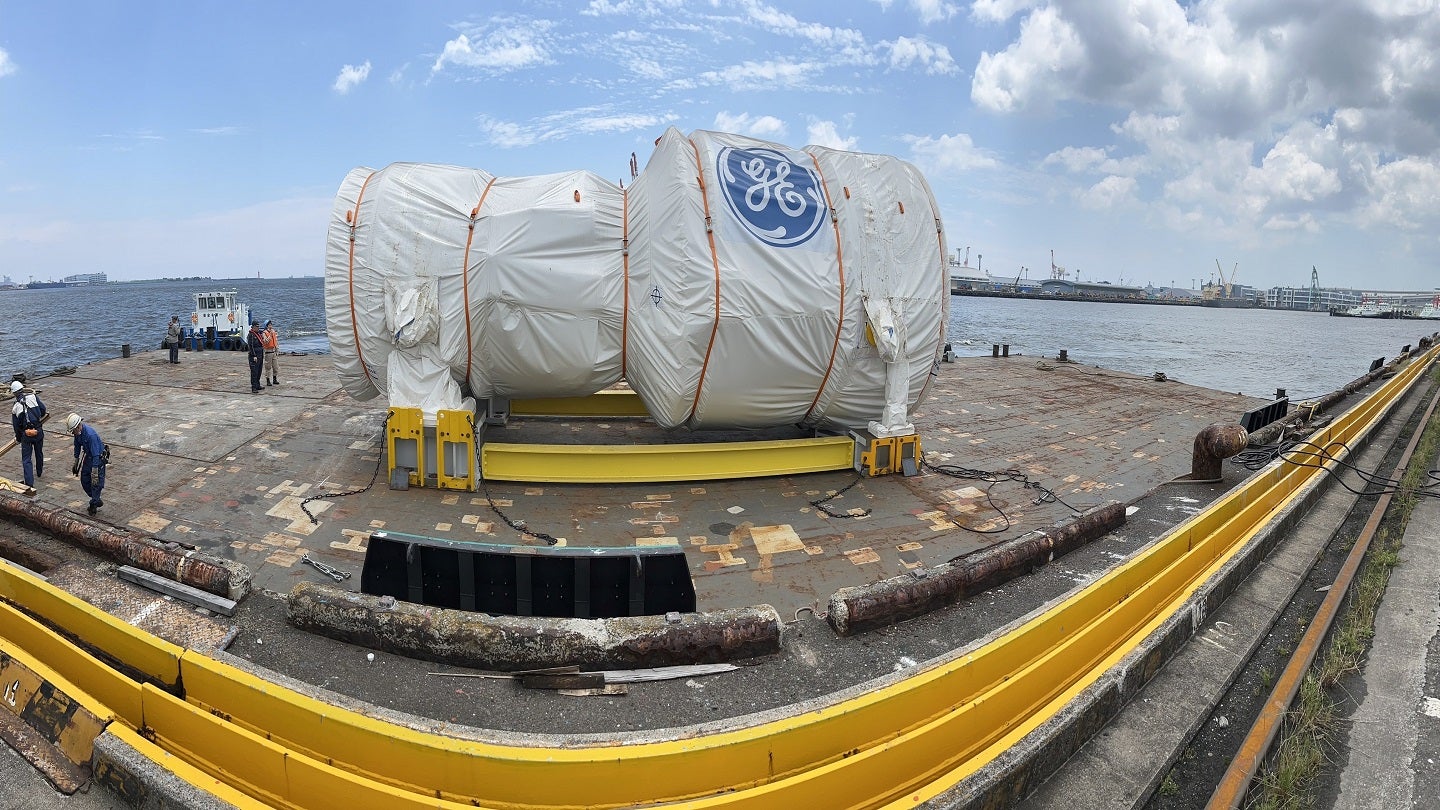
GE Vernova’s Gas Power business has completed the upgrade of JERA’s 1.5GW Futtsu Power Plant–Group 4 in Chiba, Japan.
The power plant is now equipped with three GE 9HA.01 gas turbines and has the capacity to supply more than 1.5GW of electricity to the national grid.
With a total capacity of 5.6GW, the Futtsu Power Plant comprises four groups. It is one of the country’s largest power-generating facilities, which powers the Tokyo Metropolitan area.
It is also Japan’s largest LNG terminal, which receives 11 million tonnes of LNG annually.
For this upgrade, GE Vernova, JERA, and the EPC partner, Toshiba Energy Systems and Solutions (Toshiba), performed a flange-to-flange replacement to ensure enhanced efficiency and lower emissions.
JERA Futtsu Thermal Plant general manager Fumitaka Ninomiya said: “The completion of the flange-to-flange project at group 4 of the Futtsu Power Plant is a testament to our dedication to continuously improving our power generation facilities energy generation.
“The Futtsu facility has now reset the clock on crucial assets, delivering 1.5GW of electricity with more efficient technology that can help reduce emissions by burning fuel more efficiently.”
The project also supports the country’s switch to more sustainable power production, which was highlighted in the 6th Strategic Energy Plan.
Additionally, GE Vernova will provide equipment maintenance services for 12 years.
GE Vernova Gas Power Asia president and CEO Ramesh Singaram said: “Our H-Class combined cycle technology not only leads to significant efficiency, reduced CO2 emissions, and enhanced cost-effectiveness, but also provides a pathway to co-firing with zero carbon fuels such as ammonia and hydrogen in the future.”



